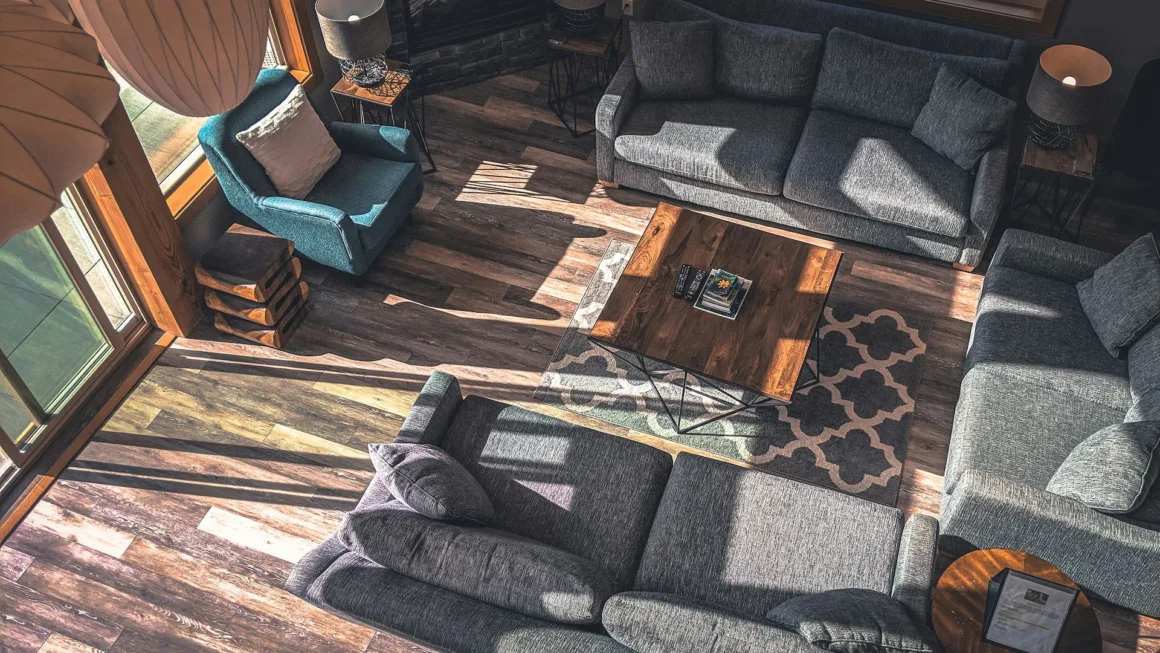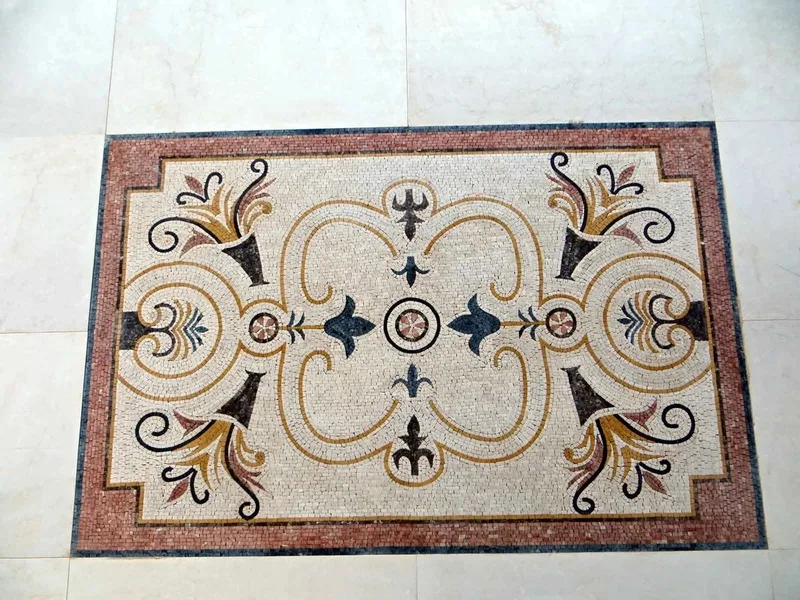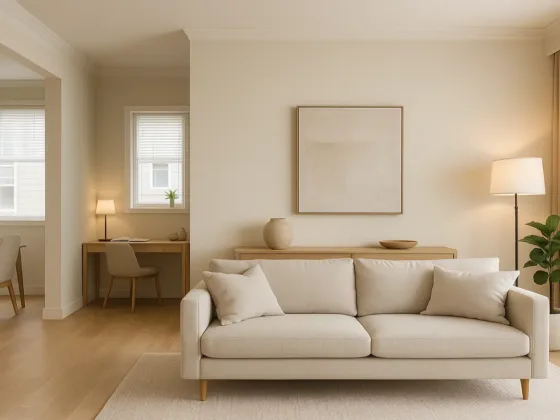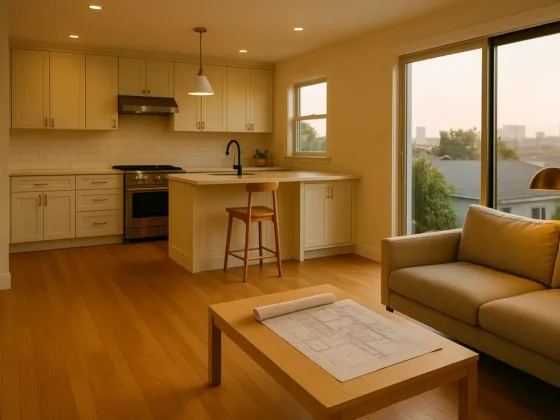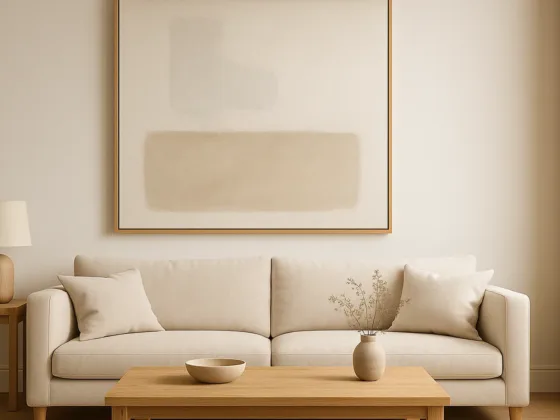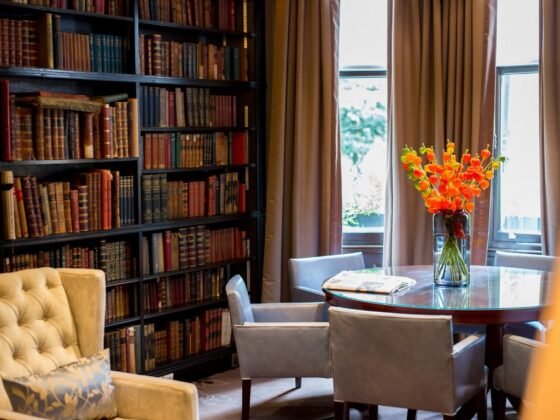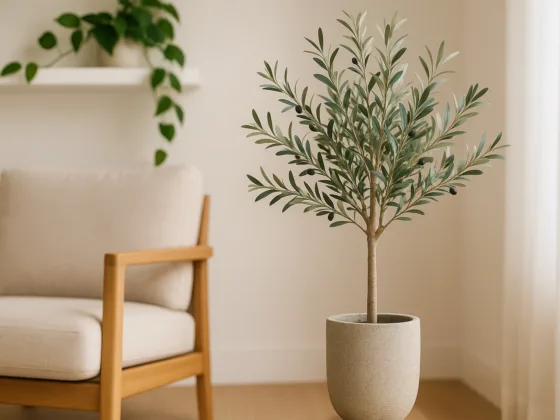Table of Contents Show
Everything in the changing world of interior design actually never goes out of style; rather, it waits for the day when it can be reimagined. Just as the classic styles inspire the designers and people, it is about the graceful lines of Georgian architecture or French provincial design’s intricate flourishes, such as Art Deco’s bold symmetry. But they are not to bring about imitation of anything from the past today: these are modern homage, infused with personality, inspired by purpose, and refreshed angles.
Reinterpreting the classical designs, of course, is associated with bringing back the past into the present. Most probably, it recreates the mood of an age, its craftsmanship, materials, and elegance, and translates all into a modern ambiance. What it results in or leads to is a layered, lived-in space, and full-of-story interiors.
The past then into the present-easy ways to do it.
Start with Architecture, Not Ornament
The first step in rethinking a classic style is recognizing its foundational language: the proportions, lines, and layout. Many traditional styles, from Colonial to Neoclassical, were built on symmetry, structure, and scale. In a contemporary home, those principles can be echoed in subtler ways: a perfectly centered fireplace, a balanced layout of windows, or even custom millwork that nods to period paneling without mimicking it.
If your home lacks traditional bones, consider adding them in thoughtful doses: archways, wainscoting, or even a coffered ceiling, executed in clean lines and modern materials.
Play with Contrast
Reinventing classic style in contrast, for example, reupholstering a Louis XVI chair in bold upholstery, having a sleek marble kitchen island ceilinged by a vintage chandelier, or grounding a minimalist living room with an antique Persian rug-here is what makes up the stories behind such interactions, visual interests.
Thus, an ornate piece finds its place in a setting where an unembellished piece resides, giving shine to both. Restraint, however, is the key: when a room is anchored by the weight of tradition, modern design offers some air and edge, or turned around: a minimalist but elegant shell relieved by one or two touches of rich history.
Update Materials, Not Just Forms
Sometimes, barely changing a material comes into place for a whole new version. Think of a traditional white-oak pedestal dining table in place of a mahogany one, or a Chippendale-style chair in clear acrylic. Such faint changes speak volumes.
To give a strong modern spin to the historical design, mosaic artworks can particularly take the cake. Mosaics, so much at home in ancient Roman and Byzantine architecture, may seem a little old-fashioned or indeed ornamental. Yet, some contemporary designers are showing them in very new ways: on bathroom floors with oversized mosaic patterns, geometric layouts in kitchens, or tone-on-tone works that emphasize texture instead of color.
When utilizing old-fashioned materials like stone or ceramic in unforeseen compositions, we can create a stunning range of centuries on a single surface.
Edit the Palette, Expand the Mood
Traditional color palettes are usually expectedly rich and layered: burgundy, hunter green, saddle-and-saddle. These colors still work their magic, but patience in reinventing the classical style entails stripping down the palette further and adding expansive emotional tones.
There is an idea of basing the room in soft earth tones-like warm taupes, chalky whites, deep ochres-adding perhaps one or two heritage tones as accents. A velvet armchair in aubergine; a papered powder room according to the Delft principles; hand-painted ceramics on open shelves can all be a nod to tradition without becoming overwhelming senses.
It doesn’t stop there; consider that mood has its incredible truth. Sometimes the rooms are classically done and feel pretentious or staged. They are used more by today’s models to invite intimacy and liveliness in use: furnishings with an invitation to use, lighting that wields warm and ambient illumination, and materials that age and mature gracefully.
Incorporate Handcrafted and Heirloom Pieces
What makes the classic style survive through time is often a great deal of color and attention to craft, whether it be hand-carved woodwork or beautiful embroidery. Such tactile qualities in design bring depth and personality into modern houses.
Look for pieces that have a soul: a story about an antique sideboard, a beautiful clay bowl made by a local artist, or custom upholstery hand-stitched. These do not only make a space; they also add memory and meaning.
You can mix high and low, old and new. May be an inherited armoire with a contemporary art print on it; an example-the mirror hanging on the wall above a floating concrete sink, which is centuries old. The magic of these combinations provokes curiosity and mirrors the complexities of everyday life rather than those of any showroom.
